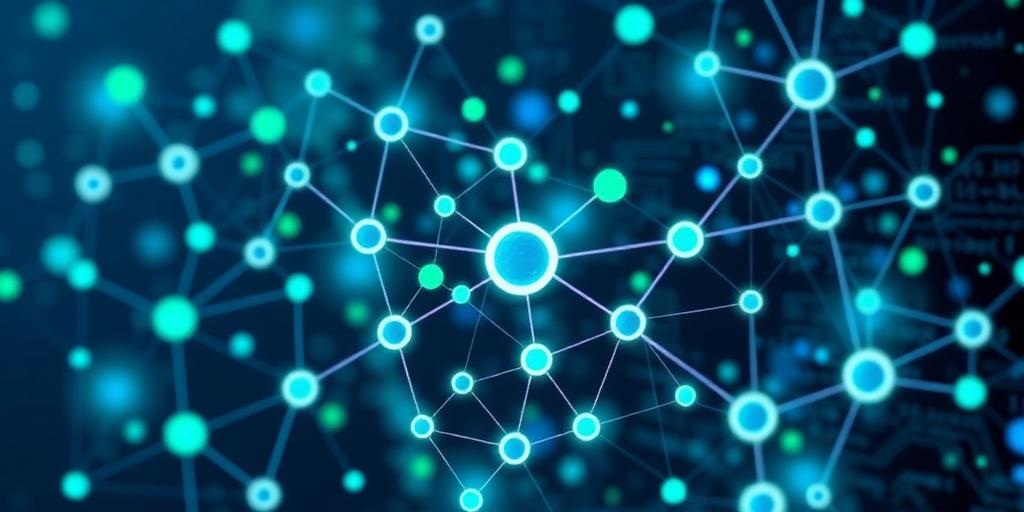Analyzing Conflict Dynamics with AI: A New Era of Understanding
Conflict is an inherent part of human interaction, whether in personal relationships, business negotiations, or international relations. Understanding the dynamics of conflict is crucial for effective resolution and prevention. Traditionally, this has relied on human analysis, often subjective and limited by cognitive biases. However, the rise of artificial intelligence (AI) offers a new lens through which to analyze and understand conflict dynamics with greater precision and objectivity.
The Power of AI in Conflict Analysis
AI algorithms can process vast amounts of data, identify patterns, and make predictions that would be impossible for humans to discern. This capability opens up new possibilities for understanding the complexities of conflict. Here are some key areas where AI is making a significant impact:
- Sentiment Analysis: AI can analyze text and speech to identify emotions and sentiments expressed by different parties involved in a conflict. This helps in understanding the underlying emotional drivers and potential triggers.
- Network Analysis: Conflicts often involve complex networks of relationships and interactions. AI can map these networks, identify key players, and analyze the influence and relationships between them.
- Predictive Modeling: By analyzing historical data and identifying patterns, AI can predict potential escalations or de-escalations in a conflict, allowing for proactive intervention strategies.
- Bias Detection: AI can help identify biases in human analysis of conflicts, ensuring a more objective and fair assessment of the situation.
Applications of AI in Conflict Resolution
AI is not just for analysis; it can also be a powerful tool for conflict resolution. Here are some examples of how AI is being used to facilitate conflict resolution:
- Mediation Support: AI can assist mediators by providing insights into the positions and interests of different parties, suggesting potential solutions, and identifying areas of common ground.
- Negotiation Simulation: AI can create simulations of negotiation scenarios, allowing parties to practice and refine their strategies in a safe and controlled environment.
- Early Warning Systems: AI can monitor social media, news reports, and other data sources to identify potential conflicts early on, allowing for timely intervention and prevention efforts.
Ethical Considerations
While AI offers tremendous potential for understanding and resolving conflicts, it is important to consider the ethical implications of its use. Here are some key ethical considerations:
- Bias in Algorithms: AI algorithms are trained on data, and if that data reflects existing biases, the algorithms will perpetuate those biases. It is crucial to ensure that AI algorithms are trained on diverse and representative data sets.
- Transparency and Explainability: It is important to understand how AI algorithms arrive at their conclusions. This requires transparency and explainability in the design and deployment of AI systems.
- Accountability: When AI is used to make decisions that affect people's lives, it is important to establish clear lines of accountability. Who is responsible when an AI system makes a mistake?
The Future of AI in Conflict Analysis
As AI technology continues to advance, its role in conflict analysis and resolution will only grow. We can expect to see more sophisticated AI systems that can understand the nuances of human interaction and provide even more accurate and insightful analysis. However, it is important to proceed with caution, ensuring that AI is used ethically and responsibly.
In conclusion, AI offers a powerful new tool for analyzing conflict dynamics and facilitating conflict resolution. By leveraging the power of AI, we can gain a deeper understanding of the complexities of conflict and develop more effective strategies for promoting peace and understanding.









